Buyee Have Lost The Plot (And It’s Sad)
So, as I usually do... I was obsessively buying random stuff on Buyee, ready to consolidate and ship to Australia.
| The Shopping Cart | ||
|---|---|---|
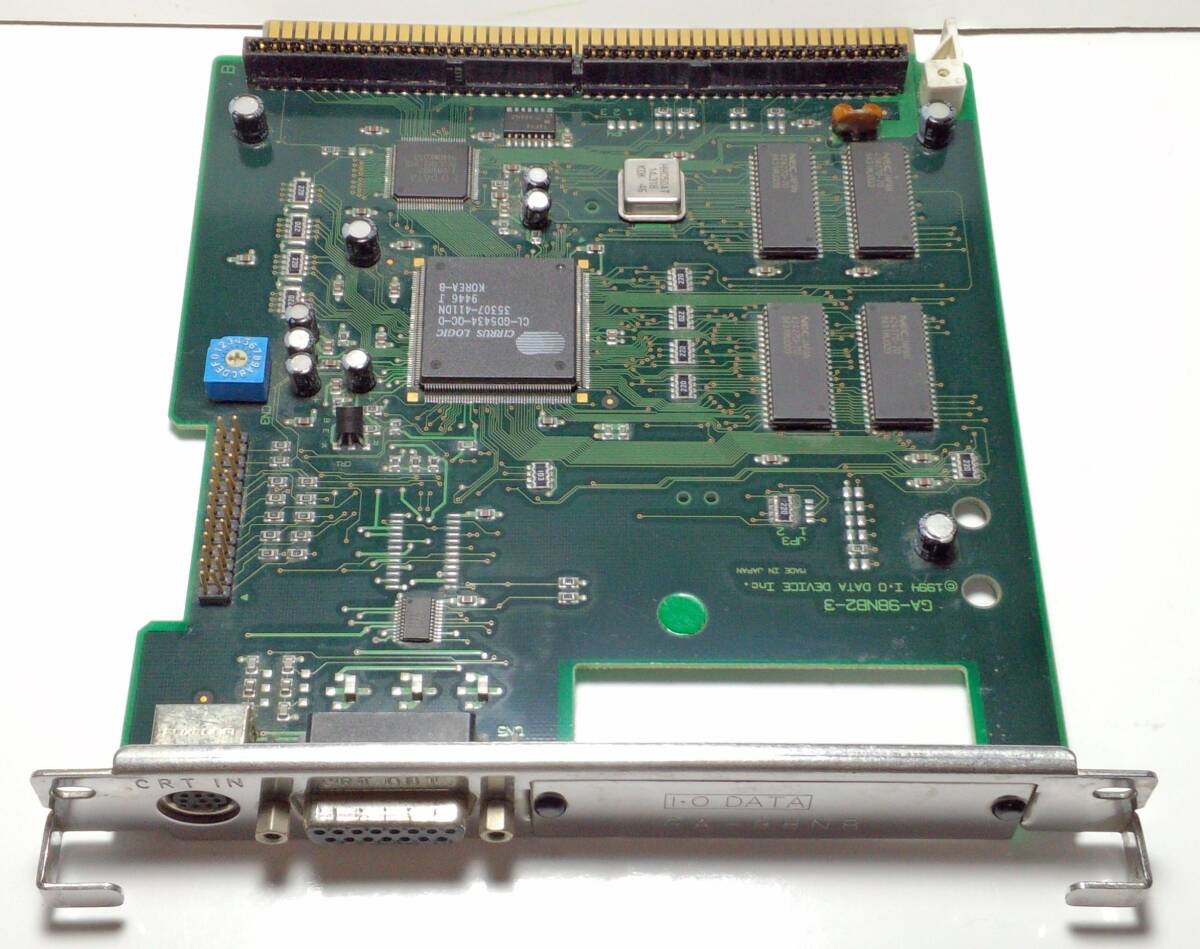 |
IODATA GA-98NB2 郵送無料 PS3-11 | Cirrus Logic graphics accelerator |
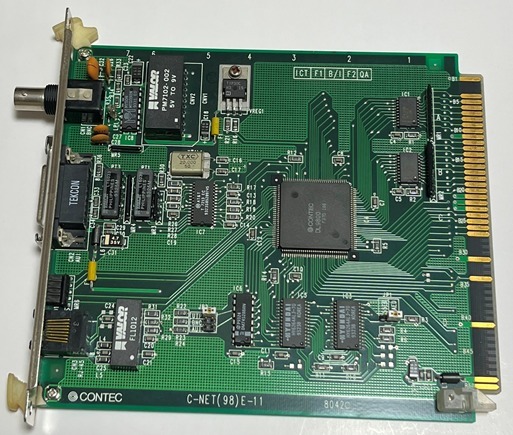 |
PC98 Cバス用 インターフェースボード CONTEC コンテック C-NET(98)E-11 LANボード | LAN Card |
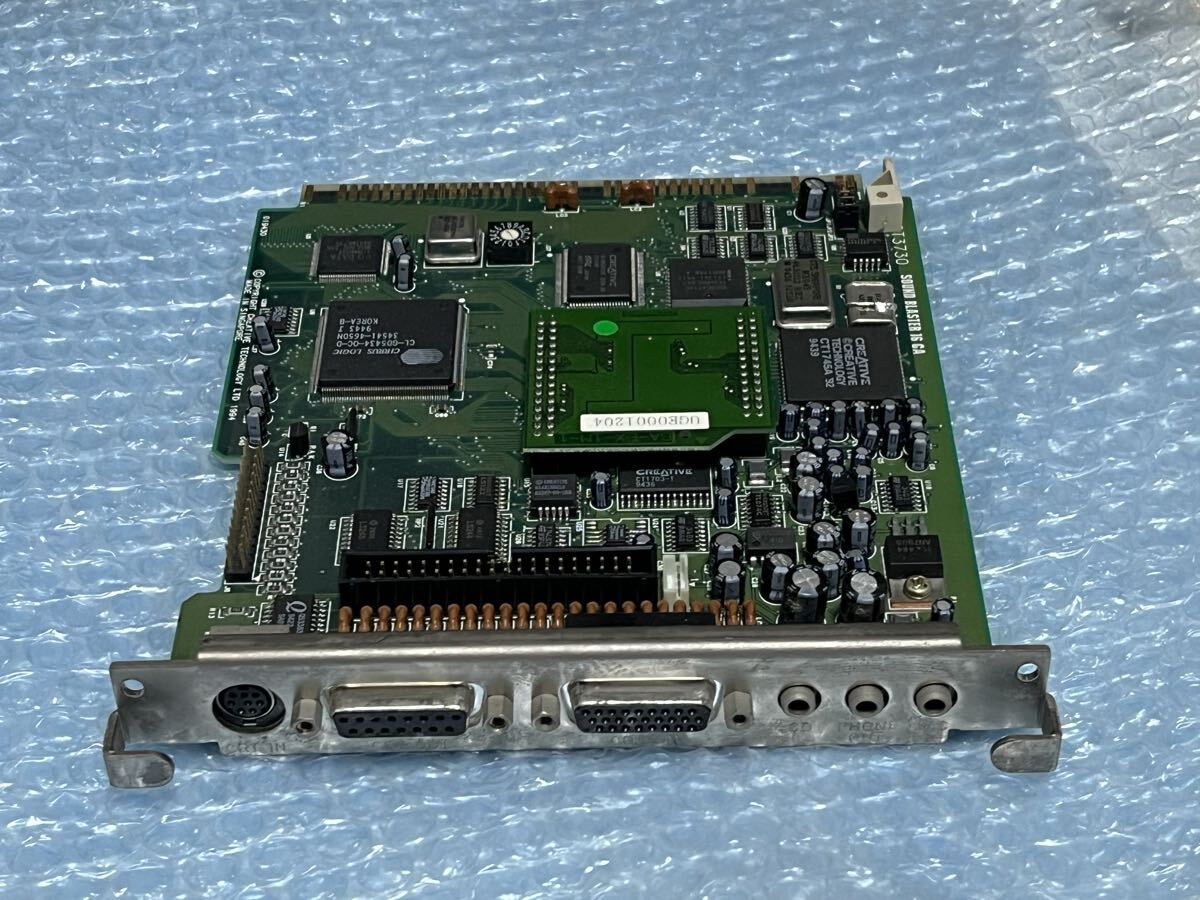 |
■Creative サウンドボード+グラフィックアクセラレータ CT3730 SoundBlaster 16GA【VRAM 2MB】 | A soundblaster for a PC-98! |
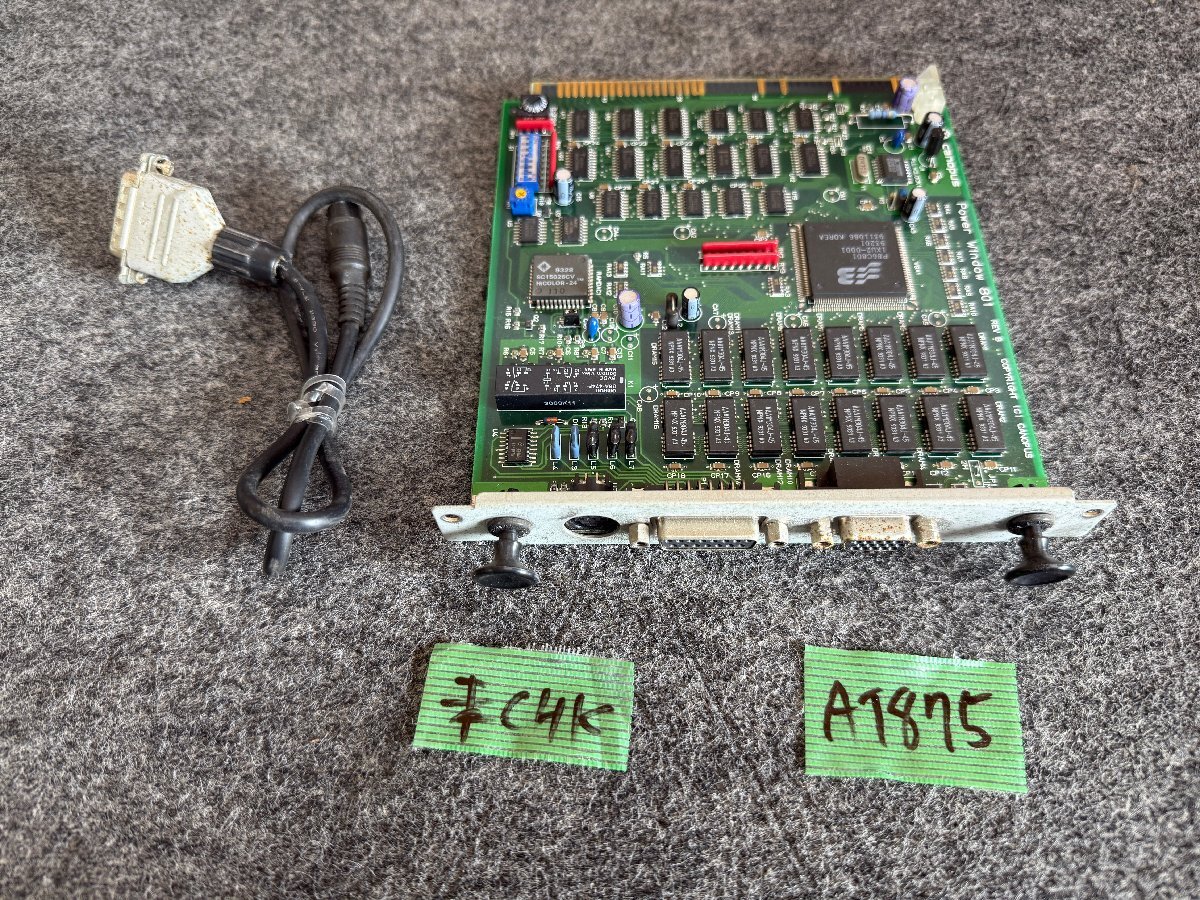 |
【送60サイズ】Canopus Power Window 801 REV B Cバス用グラフィックアクセラレータボード ※未チェック | An s3-based video accelerator |
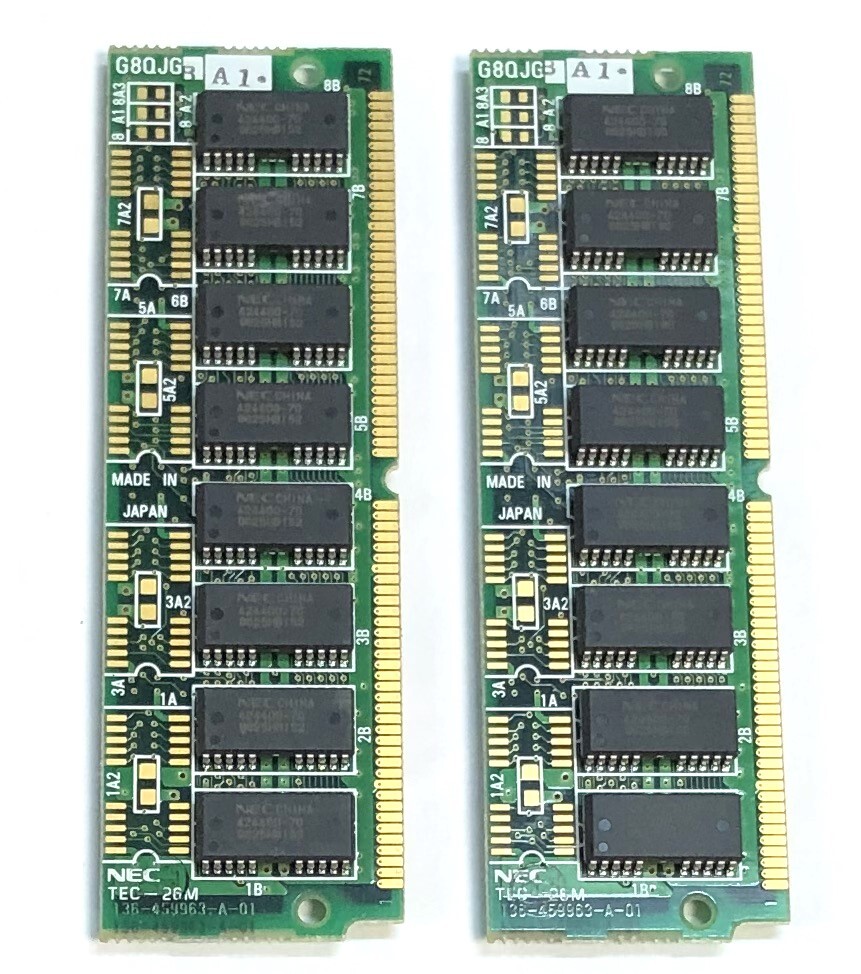 |
◇NEC 増設用メモリ TEC-26M PC98用 2枚セット | Some RAM for the PC-9801FA |
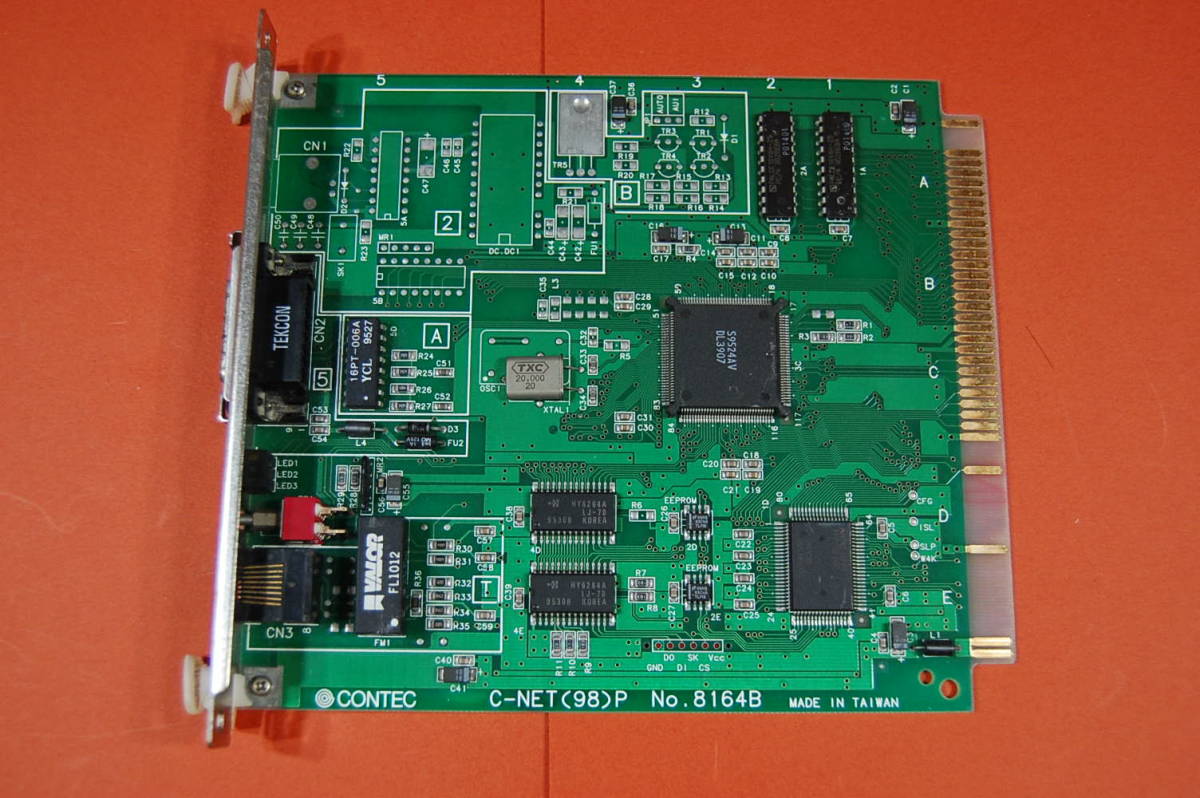 |
PC98 Cバス用 インターフェースボード CONTEC C-NET(98)P No.8164B LANボード サビ有り 動作未確認 ジャンク扱いにて 0343-0892 | Another LAN card |
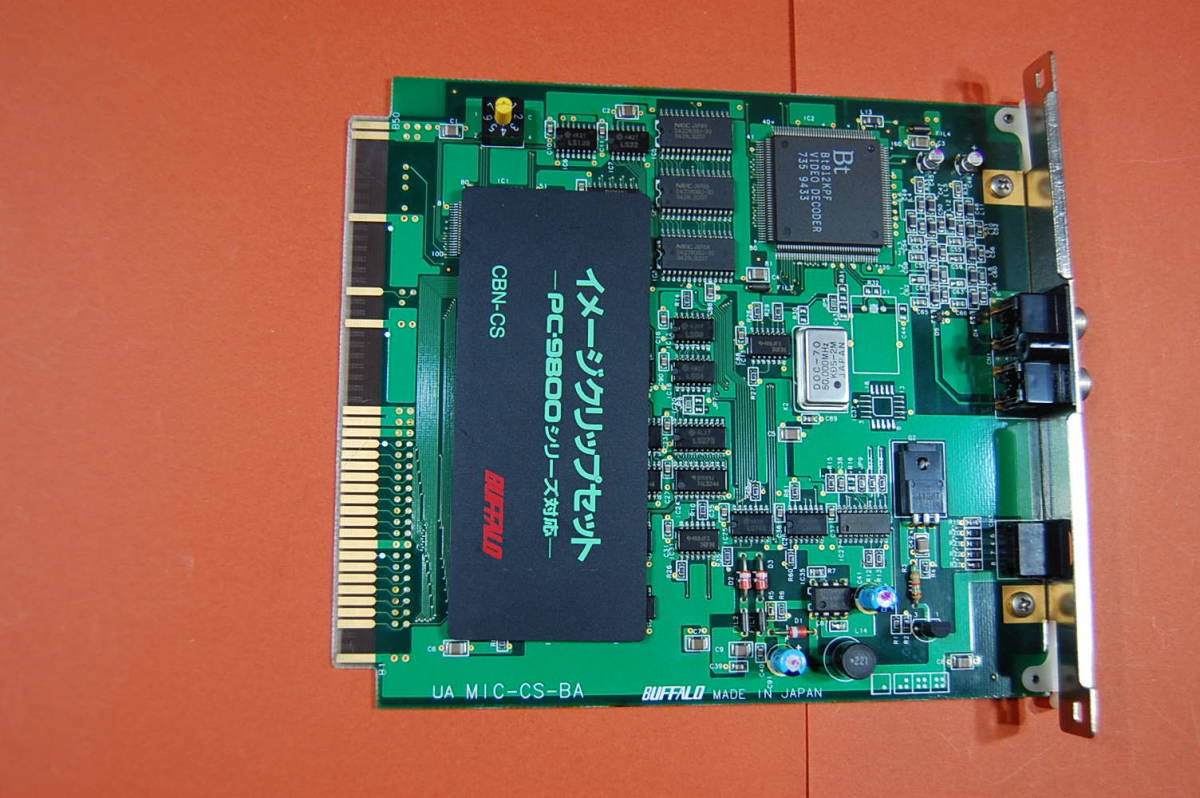 |
PC98 Cバス用 イメージクリップセット BUFFALO CBN-CS 現品のみ 動作未確認 現状渡し ジャンク扱いにて 3545 | Another LAN card |
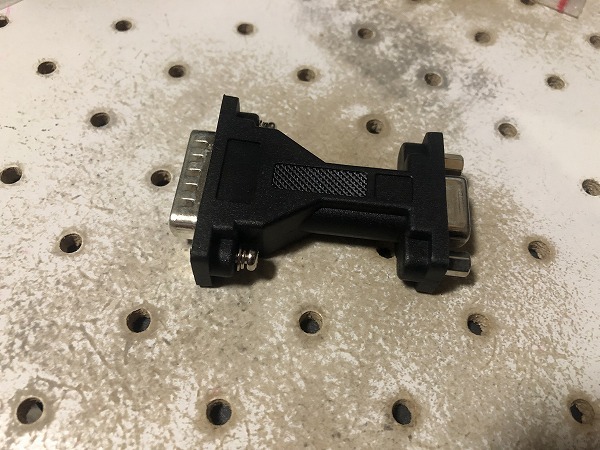 |
動作確認済 ネジ交換 モニタ変換アダプタ DSub15ピンオス-ミニDSUB15ピン(VGA)メス PC98 X68k等レトロPCに(CA230226) | A video adapter to standard VGA pinout |
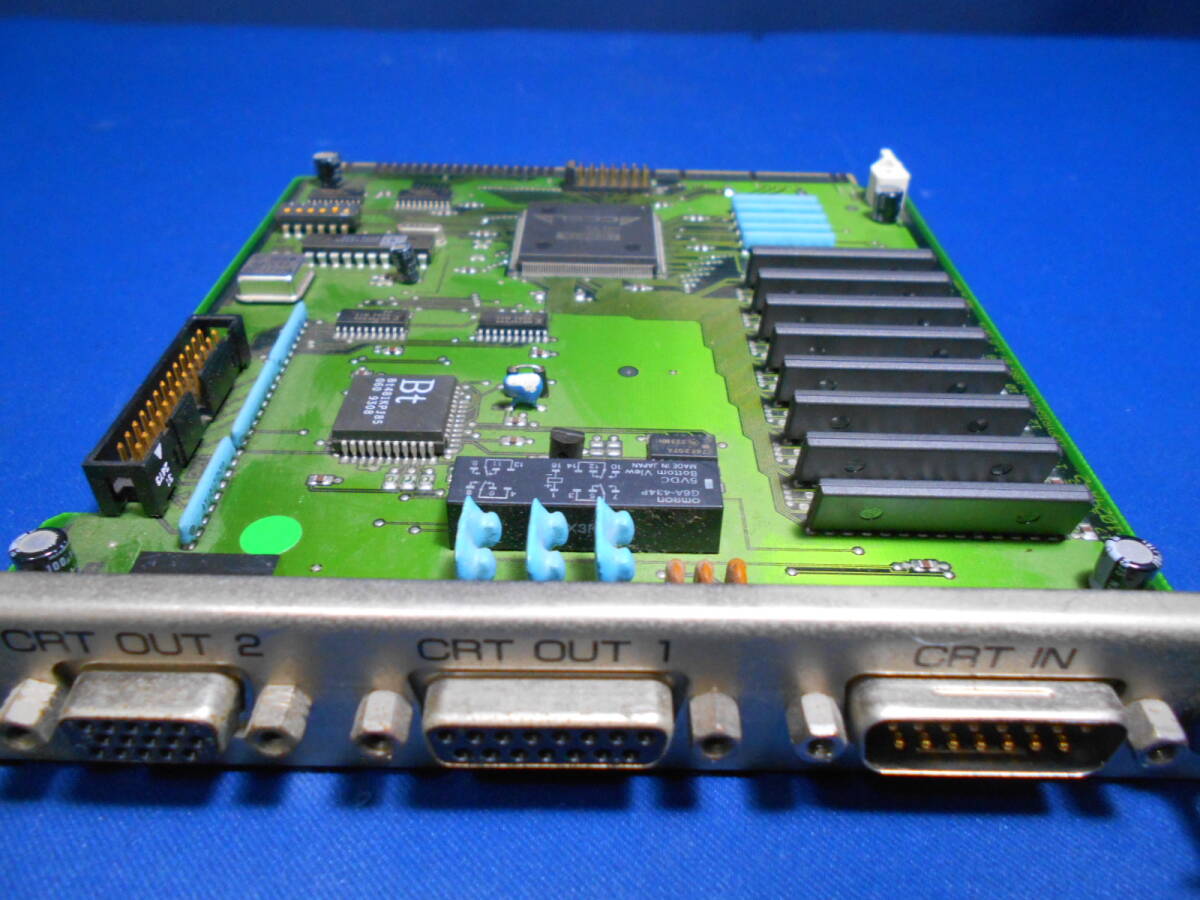 |
NEC PC-98用 グラフィック アクセラレーターボード ジャンク | Another Cirrus Logic video accelerator |
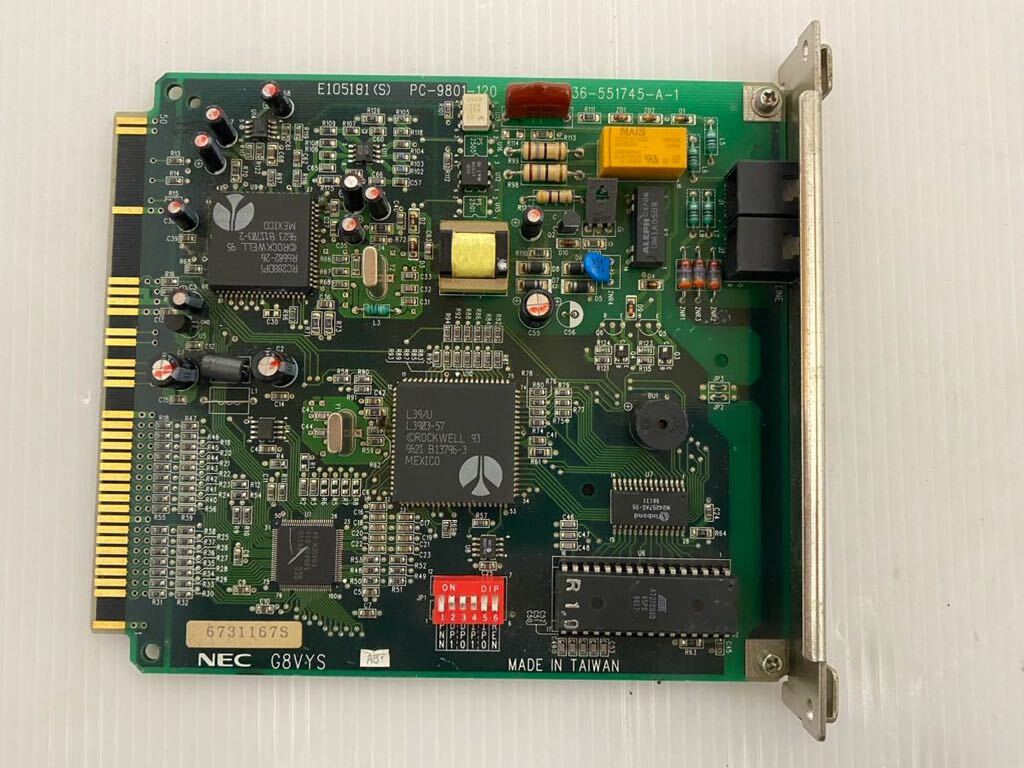 |
【中古】NEC G8VYS E105181S PC9801-120 管理番号ci434 | A modem, just for fun and future projects. |
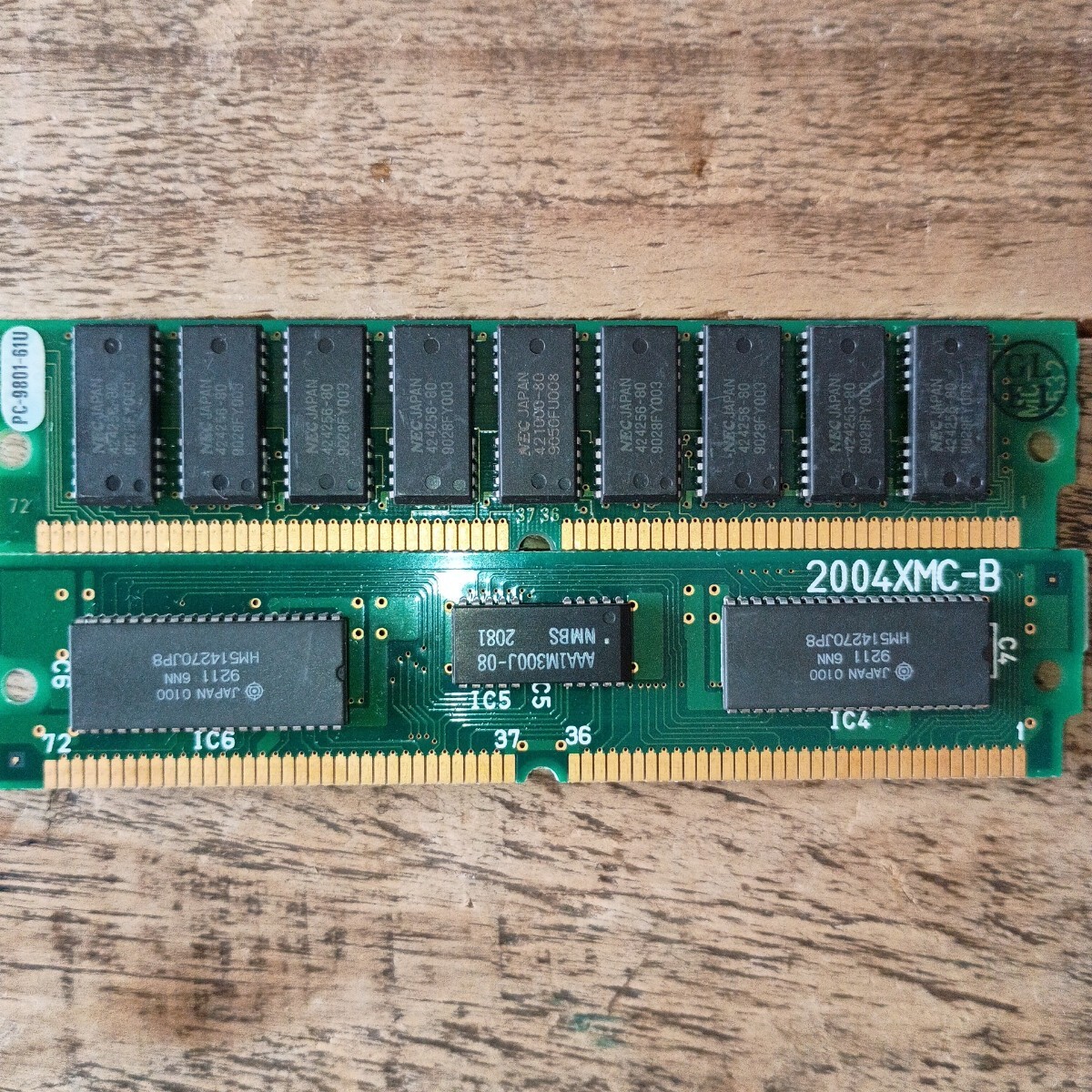 |
メモリ 2004MC - B PC-9801-61U | Some more RAM for the PC-9801FA |
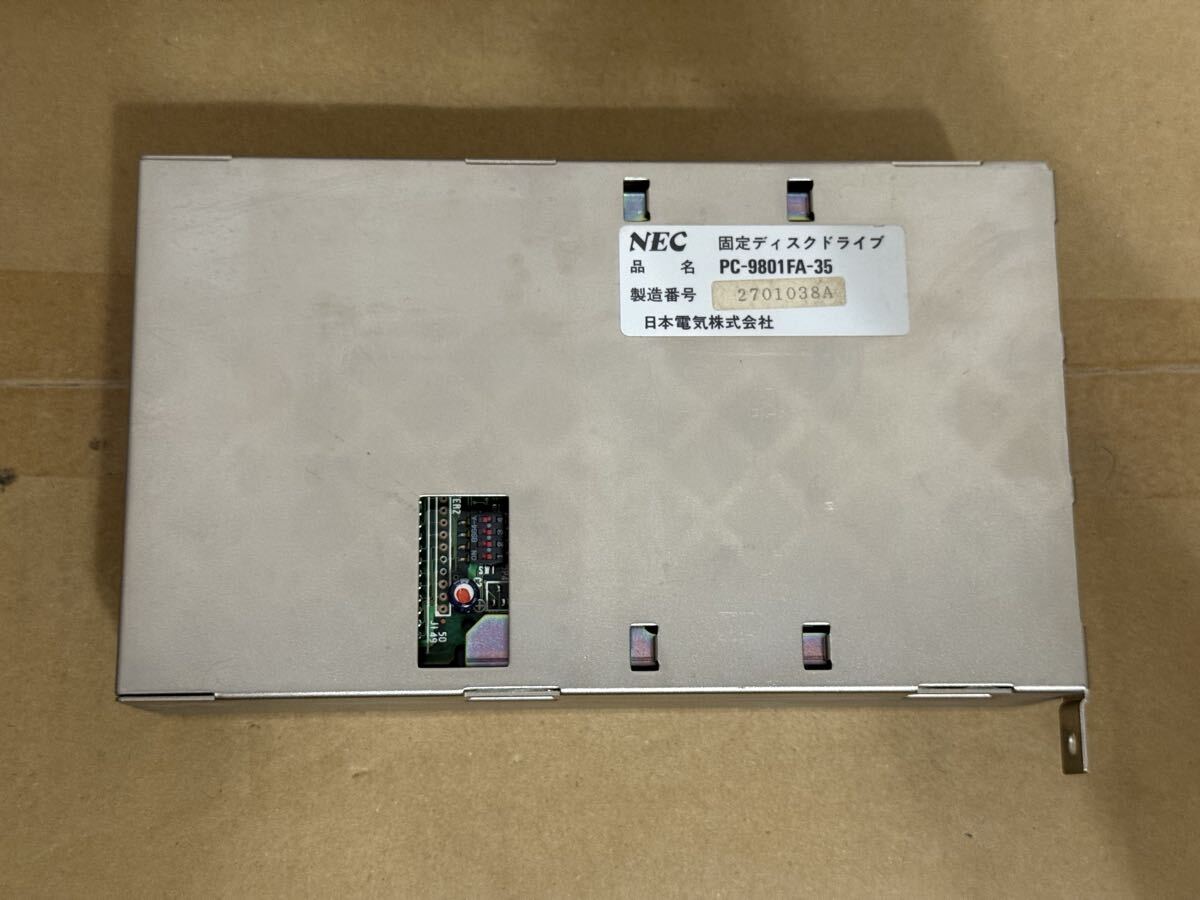 |
【DOS6.2で動作確認】PC-9801FA-35 PC-9801FA,PC-9821A A-MATE用SCSI HDD 100MB | An internal SCSI HDD for the PC-9801FA! |
It all looked great. Buyee had taken all the initial funds for the bid amounts and then consolidated my shipment. They then asked for the EMS payment and I sent that through also. It must have been at the 11th hour, when filling out the customs forms, that they realised they didn't know a $#%$#$% thing about electronics.
I received the following email:
Dear Customer, This is the Buyee Customer Support. Thank you for using our service. We would like to inform you that your package【H2509179102】contains prohibited item for international shipping, which makes the whole package unable for overseas shipping. ----------------------------------------- Order ID:【R25090402512 R25090302257 R25090402351 R25090403314 R25090403448 R25091004012 R25091100690 R25090902556 R25091302034 R25091504863】 Prohibited item:【Semiconductor】 ----------------------------------------- Please kindly choose one of the following options for your package: OPTIONS: I. Dispose of prohibited items that cannot be shipped, and send only the remaining items overseas. (*If unopened, I agree to open and proceed with the necessary processing.) Ⅱ. Ship all items in your package to a domestic (Japanese) address, such as your friend's address. Ⅲ. Divide your package, ship the prohibited items domestically, and register the remaining items into your My Page as normal.
I knew a similar modem listed had a "you're unable to bid on this" banner, but everything I bid on I was allowed to purchase. Buyee already had my money and they'd bin everything if I didn't work out an alternate option? WTF?
Hello, It is impossible that computer parts are prohibited. Can you please explain where this rule comes from? Steven.
They took 24 hours to respond with...
We apologize for the inconvenience this has caused you. Regarding your package number [H2509179102], we would like to inform you that semiconductor is prohibited by the Japan Export Trade Control Order. In addition, please be informed that all semiconductor products are considered prohibited items, except for commercially available pre-assembled laptops and desktop computers. It is extremely difficult for Buyee to determine whether products used in assembly (graphics boards, motherboards, conductors, audio equipment) require or not permission for export.
Semiconductor products? INCORRECT. I get that Japan doesn't want to export semiconductor-manufacturing items, of which it's blatantly obvious that these components are not, but how can they get these rules so wrong?
Thank you for the further information. Can you please provide a link to the actual laws from a Japanese government website? I'd like to learn more. Especially to know since when this law has come into effect. Also, if you look at my account and purchase history on Buyee, I've been buying things like this for decades! I love vintage computers and there has never been an issue in the past. All items are always finished products and maybe only available in Japan, but definitely there are machines in Australia that use these parts. Finally, this must be causing a lot of frustration with customers since we haven't been told of these new laws coming into effect and are allowed to buy things via your site and then lose all our money? I would love to work with your team to get items certified so that we can continue.
They came back with a blanket statement...
We understand the importance of this matter to you. In line with this package [H2509179102] we regret to inform you that the following items below are prohibited for international shipping: * Semiconductor manufacturing equipment * Semiconductor substrates * Semiconductor devices for power control The above-mentioned legal restrictions apply to a wide range of products, so products not listed here may also be subject to the restrictions. For more information on the Export Trade Control Order, please refer to https://www.japaneselawtranslation.go.jp/en/laws/view/3389
Again, the rules apply to "raw materials" for semiconductor manufacturing and not completed modules for PCs! It's really sad that they don't have staff onboard who can determine the difference.
Hi again and thank you for the quick response. Can you please confirm which items in package H2509179102 are prohibited? This way I can understand to split/destroy/send domestically. For future purchases, it would be helpful to understand how to determine which items would be prohibited in this category: https://buyee.jp/item/search/category/2084045751
NO RESPONSE! And so I just sent it to a domestic address where it waits for me to grab on my next japan trip.
So, they answer is... if you can see green PCB in an auction listing, then Buyee will let you buy it, only to then tell you it's illegal and that you can't have it. The fact that they threaten to throw it in the bin, if you can't work out how to send it domestically in Japan, makes me a little sad.
Of course, this is the internet and people have already dealt with this problem before. Buyee even has a prohibited items list, of which semiconductors aren't listed. Even funnier, if they were, I'd disregard it as what I'm trying to buy are FINISHED COMPONENTS.
Even funnier, the law seems to be targeted at China and shouldn't even apply to us lowly nerds just wanting to upgrade our vintage machines!
And It Gets Worse...
I thought I'd try my luck and ask them about a listing. I'm after another PC-9801-86 sound card...
We highly understand the importance of this matter to you. Regarding the auction [https://buyee.jp/item/jdirectitems/auction/j1208451738], we have confirmed that the auction is not blocked. However, we regret to inform you that we are unable to ship this item internationally due to the presence of a capacitor, which classifies it as a prohibited item. Capacitors can pose significant safety risks as they may be flammable. In particular, liquid-filled capacitors can leak or burst, while solid capacitors may ignite and release smoke and harmful gases if they overheat or fail. These hazards could potentially lead to fire or explosion. We appreciate your understanding on this matter and apologize for any inconvenience caused. Please do not hesitate to contact us if you have any other questions or concerns.
Honestly. That is just icing on the capacitor cake.
Sharp X68000 CZ-612D Monitor Replacement Control Cover
Is it called a flap? A cover? A panel? I saw this X68000PRO unit in Japan on a trip in ... 2023? I found it on the shelf at Super Potato in Den Den Town Osaka with stickers all over it saying it was "for decorational purposes only" and that it "didn't work".
It's not visible above, is it? Sure, I forgot to take a photo of "before I purchased", as I managed to get it carted to Australia for a nominal fee, after being warned that it would really only sit on a shelf and do nothing. Since then I'd managed to get an external HDD going and other software, but I still really need to sit down and re-do all that, blogging at the same time since none of it was easy!
Anyway, the whole point of this post is that, as above, you can see the controls on the monitor. You're not meant to be able to, since there should be a fold-down cover.
This has perished, as many of them do, and I've been on the hunt for two years for a replacement. With nothing turning up in searches, I decided to try and TinkerCad it myself.
Look at that horrible mess? Fortunately, after you group it all, this comes out...
Ok, not bad. You'll note that nothing on the model should be a flat surface. This would've been so much easier if it was a 1084 Commodore monitor flap. Instead, Sharp, in their infinite wisdom (and beautiful design asthetics), decided that the entire bezel should be on a slight curve. Even the base should be curved... and I didn't do that. My CR6-SE printer isn't up to the challenge.
After around 15 attempts/adjustments/refinements/re-measurements/re-adjustments... I managed to produce this...
And you know what?
It's not 100%, but it works!
Here's the 3d model files if you want to print this yourself. I can also print one for you (even in beige!) if you need it. Looking at the list of x68000 monitors, it seems like this'll fit most of them?
Building an ARCNET (also Pure Data PDI 508+)
No, not an ARPANET, an ARCNET. I was recently given a box'o'junk from a friend who was cleaning up a telco engineers house and, honestly, had no idea what I was look at!
Turns out that it's a box full of ARCNET cards and some patch panels. Tiny 8-bit cards, longer 8-bit cards, huge 8-bit cards and even some 16-bit cards! A lot of them are Pure Data branded. Another name I'd never heard of... I did see a bit of SMC though!
I then went down a rabbit-hole of research... with everything seeming to indicate that these cards will simply work as the physical layer to whichever protocol you wish to run on top... so... let's try it!?
The Machines
First up we have a Toshiba T3200 286 Laptop. This thing has an 8-bit and 16-bit ISA slot in the rear, and the usual IEC-13 power plug. Quite the beast. Although it's old and tired, it'll work nicely with Microsoft LAN Manager. Turns out the drivers are already there!
Next up is a 486 DX4/100 and a P2-350. These are the usual desktop workhorses for writing floppies and testing old hardware. They've been sleeping for a while and are quite buried... so it'll be a bit of work to spin them up and test things.
SMC ARCNET PC270E
I chose this card as the first test article. There's a few in the box and they have the least dipswitches of all cards (that have dipswitches) that aren't PNP?. Turns out there's also a one-size-fits-all driver for this card and it's included in all systems I tried.
2. PC130 (SMC 8-bit driver): Newer 8-bit SMC boards with SMC90C63 controller chips use the PC130 family workstation driver. RXNET and TRXNET drivers can also be used. Boards in this group include the PC120, PC130, PC130E, PC220, PC260, and PC270E. The PC130 driver is a workstation only driver. If you wish to one of these boards in the server please use the RXNET or TRXNET drivers.
Being dipswitch-based, the jumper settings can be found here. Note that 0 is ON and 1 is OFF. That really confused me and I kept configuring the switches in the reverse order; wondering why nothing was working.
With a card in each of the machines, I started hooking up the cabling was exactly the same as an Apple LocalTalk network. RJ11 cables between nodes (any port on the cards) and terminating resistors at the far ends.
After setting some static IPs, I could ping from PC to PC! Unfortunately, the MSLANMAN 2.x installation on the 286 wouldn't ping in either direction.
SMC ARCNET PC260
This card works with the stock drivers but, with the driver installed, Windows 95 started to actually lag. Window and control re-draw rates slow right down, but the card still works. I can only really recommend using these in DOS or lower?
Although I did also try with Windows 98 and it worked fine... so it may have just been an incompatibility with the DX4/100 motherboard and/or resource settings.
PUREDATA PDI507
This seems to be very similar to the SMC above. It also includes BNC for when you don't feel like stringing RJ11 around the house.
PUREDATA PDI508+
This was a can'o'worms. I couldn't get a response from the card in any machine I tried. Windows has the drivers for these cards by default, but they always just showed up as driver failed to load.
There are hardly any settings, as it seems this is a very early PNP card!? Amazing... but frustrating as this EISA configuration document indicates that we need a custom configuration app to configure the settings:
Select desired Network Operating System or General Use to obtain valid hardware configuration options. PDI508 ArcNet provides a configuration file CFGI508.EXE that will set all memory, I/O, and interrupts (also set through jumper JP2).
Oh great... well... I'm sure this blog will become the first (and only) hit for CFGI508.EXE on the web... as it's lost to time. Or is it? Turns out there's currently an auction for a 5 1/2" disk with, I assume, that exact configuraton app on it... but it's exorbitant. Then again, it's not like I haven't scoured auctions to find configuration apps before.
What is hilarious though, is that this auction has photos of the manual... and I stole them:
Hah.. look at that... default settings! Of course, it's the exact default of the earlier PureData/SMC cards.
| Option | Default value |
|---|---|
| Memory Address | 0xD000 |
| I/O Base Address | 0x2E0 |
| IRQ | 2 |
| Node Address | 0xF0 or 0xF1? |
| Response Time | 74us |
But how, you may ask, do we get the default settings to apply? Turns out there's a jumper on the card to clear the settings! stason.org to the rescue with the board layout! I assume it's a bridge-jumper and boot to clear... then power off, remove bridge, power up and go.
And well, it just worked with the default settings. Perfectly! But, you know what? I want the software... so I bought it...
and...
Yey! The files! I backed it up straight away. The configuration app works in the laptop... but not on the Windows 98 Dos Prompt. Either way, I can re-configure cards now!
And here are the files:
- An archive with two versions of the disk and a folder containing the contents
- The manual as a scanned OCR'd PDF
And finally, ACHEIVEMENT UNLOCKED: I've uploaded all of this to archive.org!
Hankai Tramway, Osaka – May, 2025
I'd been alerted that the oldest operational vehicle in Japan would be operating over Golden Week on the Hankai Tramway in Osaka. It's a Mo161 couldn't resist checking it out as they usually don't run during summer due to a lack of air-con...
I arrived at Shin-Imamiya-Ekimae via the Osaka Loop Line and didn't have to wait long for a south-bound service.
My goal was to get Abikomichi Station and view the tram depot. The Mo161 tour would start from there.
I tell you what, it was quite a ride! Definitely hold on if you're standing up. The fans were already starting to linger around Abikomichi Station, so I just loitered, watching the services pass as we waited for the star of the show to appear.
It was interesting to watch the terminating trams enter the depot and run around. Drivers would swap and the vehicles would re-enter service.
And ... well ... did I take too many photos?
My A6000 bit the dust at that point... I tried everything... but it felt like the shutter was sticking and it was all over. So I had to switch to my phone for the rest. Right as the star appeared!
And that was it... I was so pissed off at my camera that I went home and cried.
Osaka – May, 2025
Staying in the usual spot in Shin-Osaka, I ventured to the usual places... plus a few extras! First off, the usual shot from the balcony of the apartment of a now-common double-ended freight train.
They've started running them with banker engines now, thanks to the dip on both sides of the new "ume-kita" platforms at Osaka Station.
Shin-Osaka station was next... and, of-note, was a Haruka service with two different types of vehicles.
Next up, thanks to Osaka Expo, there's a direct shuttle to Sakurajima from Shin-Osaka operated by 323-series sets.
The set above had just finished it's run and was running-around near Higashi-Yodogawa station to come back into Shin-Osaka for the next service. I exited the station to check out the level crossing on the northern side of Shin-Osaka Station. This is only used for freight and the odd dead-head movement.
A service was also running into Ajikawaguchi via the main lines...
But yeah, back to the freight line...
Osaka Higashi Line
Although I'm sad you can't cross the bridge on-foot anymore, I'm happy for the line and being able to travel on it! I got up at sparrows-fart to do a Hard-off tour and that allowed me to see the morning services on the line.
Hilariously, I managed to catch the next train to Hidara Station to see the same freight consist shunting around.
But then... I was off on something new!
Kashiwara Station And Surrounds
There's a hard-off just to the west of Kashiwara Station, and I had gotten there too early... so... instead? Train-spotting!
The Kintetsu Domyoji Line terminates here, so there's a lot of action as the shorter EMUs run in and out in the morning peak. The line runs south across a picturesque bridge before getting buried in the Kintetsu network. Thanks to having a bit of time, I dawdled around, enjoying the morning sunlight.
It was meant to be an un-eventful stroll to the riverside, but was quickly interrupted by a weird 'sloshing' sound coming from one of the canals...
I wonder how often these guys get fed? They were hunnnnnngry!
I was too distracted by the fish to realise there were cool shots behind me...
But anyway, I continued to the river.
Ok yup. This was the right decision.
Kashiwara-Minamiguchi Station is perched above the roadway, right before the river bank.
Perfectly model-able! From there... more wildlife...
And then hard-off... treasure.
Limited Express Mahoroba
There's a new limited express through to Nara from Osaka Station, operating via the Osaka Higashi Line!
That's all... oh, and some freight in the same place...
Oh... and the tea train!
There was also then a test-run afterwards... which I missed. I should've loitered with the other tecchan who wasn't moving!
Osaka Metro Chuo Line 400 Series
This 400-series star-wars-ian EMU has been introduced to take people over to the Expo amongst the man-made islands. Fortunately, at the other end of the line there's a beautiful station before the beautiful mountain range.
If you look close enough, you can see a Kintetsu train climbing the mountain.
Oigawa Railway, Shizuoka – May, 2025
Apologies, this is going to be a long post. It's been a while since I've been back to this model-railway-in-real-life-paradise and I've missed it! Although the line suffered damage from a landside back in 2022 and has been truncated to Kawane-Onsen Sasamado Station, Oigawa Railway is still operating services in the area where they can and have plans to repair the line to full operation again in the future.
They are also still very active with their vehicle preservation and restoration, working on EMUs, electric locomotives and steam engines. You can find their vehicles over here, but it's better to just go and visit the railway! Recently, they've re-painted one of their electric locomotives in the Japanese Blue Train (Night Train) style and it looks superb. It's been given the nickname (as with everything in Japan) "Chibi-Blue" where "chibi" translates loosely to "Tiny" with hints of "cute" and "little".
The goal was to see this new livery in action and to check out all of the usual awesomeness that is Oigawa. To get there from Shin-Osaka, I took a not-too-early shinkansen, but thankfully my friend hinted to an exact service to check out... being the Wonderful Dreams Livery!
It's plastered in Disney characters and determined to cart you to Tokyo where you can end up at Tokyo Disney... It only took me to Hamamatsu. From here it was a transfer to a local train, otherwise I'd shoot straight over Kanaya Station where the Oigawa Junction is.
The transfers were made and we wandered up to the pedestrian overpass just east of the station for a spectacular view.
You know you're in Shizuoka when Mt Fuji loiters in every photo. And when you see the beautiful cream of their EMU sets.
And freight trains... even though it was Golden Week, we had freight! The Oigawa service (of which we intended to also ride on!) was due into Kanaya Station and we got in position.
CHIBI BLUE! Straight away! A good omen.
The platform for Oigawa at Kanaya Station is a terminus, so the front loco becomes the rear... with the Steamer now on point. Were people here for the C11 or Chibi Blue?
A bit of both... and before-long we were off to Shin-Kanaya. The usual suspects were waiting in the yard, entertaining the children.
We rode through to Ieyama where we had a short photo-stop whilst waiting for the opposing train.
Once on the platform, whilst most ran to the front of the train...
I was more interested in chibi-blue.
Such a good looking loco and a stellar paint job to match!
We continued on to the temporary terminus Kawane-onsen sasamado.
It's such a picturesque location! You can get some really good photos from the river-bed, and so we got into position.
With time on our side, we checked out the goods at the station, returning to the other side of the bridge for the next service.
Always happy to see us, Thomas is.
A stock-livery E500 was on the rear and would soon depart back across the bridge. The lighting to the north was too harsh, especially for the darker locomotive, so I returned to the south-side for the final pass.
As much as I love Thomas, I'm always here to see the other relics that the Oigawa Railway preserves and operates.
Waiting for us at Kawane-onsen Sasamado Station was the Kintetsu 16000. We actually only ended up riding it back to Ieyama, so that we could check out Chibi-Blue once more.
We arrived at Ieyama and alighted the train. The stationmaster received the staff and the EMU was off. We loitered to inspect Percy.
How perfectly hilarious. I love that they've actually painted the middle driving wheelset black to make Percy a proper 0-4-0.
The station precinct was inspected... and then the next SL service came through.
And the service stopped... but had no reason to as the path was clear to the terminus? Oh... watering!
It gave me a good chance to check out Chibi-Blue again!
The SL was reconnnected and they were outta there.
But not for long...
And then we joined and returned to Shin-Kanaya.
Next, we actually took a taxi to the bridge where I took a photo a decade-or-so-ago... to try and reproduce it. Unfortunately the trees weren't as leafy as they were, and may have actually been removed... I couldn't work out exactly where I'd stood in the past. Photos were still taken!
And then we wandered back to the yard around the back of the station, next to the river. This is where the factories were, back in the day, that also used the railway line.
Bits of trains everywhere...
And then it was back to Shin-Kanaya Station for a few final shots, before a service to Kanaya to return home.
The 16000 class took us all back.
Thank you again, Oigawa Railway (...and Hayato-San for organising)!
Randen, Kyoto – April, 2025
I'd seen concept art for a new vehicle on this railway and had decided that I should visit it this trip since, well, it's been about a decade! I'm always preferring the trip-up-the-hill with the Eizan Dentetsu rather than the stroll-through-the-suburbs with Keifuku Electric Railroad (Randen)... but I couldn't resist seeing this new unit in the flesh.
The trip started off from Shin-Osaka, riding the Hankyu Kyoto Line through to Saiin Station. This location provides a direct transfer to the Sai Station on the Randen line, towards the eastern end of the Arashiyama Line.
The station is actually split across a major road, with the depot being located on the western side. I was there for 5 minutes and had vehicles shunting in and out continuously.
The line also has a high operating frequency as it carries tourists out to Arashiyama.
Before-long my westbound service came through to take me to Katabiranotsuji Station, where the Kitano Line branches off.
Katabiranotsuji is a two-platform covered station with the major Arashiyama Line passing through the middle. The Kitano line is a terminated to two docks on the northern side of platform 1. This allows one service to arrive as another is readying to depart, very much like Demachiyanagi Station on the Eiden.
Still no hints of the new vehicle, was it even running today? I decided to travel a few stops up the Kitano Line to Narutaki Station where the Kitano Line reduces to single-track.
And then it appeared!
I had to be on the wrong platform to get a good photo, but fortunately made it onto the train for the ride back into Katabiranotsuji.
It's such an amazing design... it nearly has the Metropolis 2001 Anime Art Deco styling about it with those chrome-trimmed headlights. It's beautiful. As that it was turning to run back up the Kitano Line, I wandered to the next station up the Kitano Line to get some final photos.
Other services passed first... and then the work of art...
It was a pleasure.
Kurashiki, Okayama – April, 2025
I'd spent the night in Hiroshima, but was off early the next morning I shot off to Kurashiki, just in time to get to a Hard-Off at opening-o-clock. Check this thing that was on the shelf?
A Yamaha floppy-disk based MIDI jukebox!? Record your songs from your Piano to one of those Roland disk-based units and then play them back here! Or just have CANYON.MID on repeat. Anyway... back to the trains. I really do have a soft spot for the mustard-yellow 113/115/117s that run in the Setouchi area.
As for the new Yakumo... I like it, but I loved the retro colours more.
I was in-time for the next freight service...
Part Fukuyama Rail Express, part Super Rail Cargo, part Kuro Neko Yamato, part Air ... a bit of everything!
Mizushima Rinkai Railway
This cute little third-sector railway runs from Kurashiki Station down to Muzushima Station and beyond to the freight yards. It still exists thanks to the freight component and the requirement to transfer Mitsubishi Heavy Industries staff to their factories. Of course, normal passengers use the line too, but it's heavily subsidised. Thanks to Golden Week, there were no freight services operating when I visited.
I got on at Kurashiki City Station (it has its own name as it's not JR) and travelled to Yayoi Station to find a local Hard Off. It was a hefty walk in sub-par weather! Nothing to be found either.... well, nothing that would fit in my suitcase.
Instead, I just admired the variety of liveries operating on the line and then returned to Kurashiki Station to check into APA Hotel Kurashiki-Ekimae. This turned out to be one of the best afternoons of the trip!
I then realised that you could totally open the window!
And the photos from here on were fantastic.
Or I thought so anyway... Not much freight, again thanks to Golden Week, but a great array of West JR services.
And then it happened... I was distracted by a Yakumo and hadn't realised the freight chasing it.
I bolted downstairs to catch it waiting in the station yard for departure!
Yeeeeeeey! I hadn't expected this to run on the holidays! The earlier service was a no-show. As that I was already outside, I went over to the pedestrian bridge to check out the Mizushima Rinkai in the afternoon sunshine.
Very cute. Even funnier is the hotel...
Perfectly visible from the bridge... and... whoops... I left the window open?
I seem to be the only railfan in residence right now. I returned to the hotel to have a beer and enjoy the view.
The weather was pretty feral around lunch time, but as the clouds came and went things got better...
The room provided an amazing view of the railway to the west.
The Mizushima Rinkai services came and went like clockwork as they had no other trains to compete with...
Many trains came and went, along with picturesque weather...
And then something special!...
A HD300 Hybrid off the Mizushima Rinkai Line! Even this was operating today? But at dusk-o-clock. Again, I ran downstairs.
And in terrible lighting I got to see the rolling rectangle up-close.
The night ended with a Sunrise Express passing through.
The morning saw more liveries on the Mizushima Rinkai and the Sunrise on its return voyage.
Also a lonely Fukuyama Rail Express not caring for public holidays.
I decided to go down track-side one final time as I was still a few hours away from check-out.
No freight, but lots of interesting passenger movements. Of course, it wasn't until I returned upstairs that another freight passed!
And that was that... I checked out and rode Kitty-chan home!
Next up was a day at USJ, but we don't need to discuss an ABSOLUTELY AMAZINGLY AWESOME theme park on this site, do we?
Hiroshima – April, 2025
After visiting Satsuma-Sendai, I took the 7am Sakura straight through to Hiroshima, arriving around 10am. I hadn't been back to the area in years and wanted to both check out the progress on the station and ride some Trams. I also wanted to try and see banker locomotives in action over the pass to Saijo.
After visiting a few Hard-Offs, I travelled over the hills to Saijo and had the Fukuyama Rail Express pass me en-route. No photo of that. It was also the first day of Golden Week, meaning that there were no other freight services operating!
Back to Hiroshima it was! I travelled on the Geibi Line north one stop to Yaga Station to have a look at the Shinkansen Yard and saw a consist getting a scrub.
The dual gauge line was also of interest...
The overbridge also allows great photos of the Geibi Line DMUs... but somehow I waited until wandering down lineside to take a photo...
And then I wasn't disappointed with double vermillion at the station on the way back.
I actually left the station and walked to Aeon mall for dinner... finding a C11 stuffed-and-mounted out the front!
Poor old thing.
Finally I checked into my APA Hotel Stadium-Mae and failed to receive a railway view. Instead... I loitered at the crossing at night watching trains. I don't seem to have taken any actual photos!
I did love the level crossing informational signals. The crossing crossed 6 lines and the technicians seemed to think the pedestrians and cars needed this much detail? Great for railfans!
Satsuma-Sendai, Kyushu – April, 2025
After the usual trip down to Miyazaki and Nichinan, I was ready to make a longer trip back to Osaka. I actually had to take a few days as I my usual long-stay apartment was booked out. On the way to Miyazaki, I'd already checked out Kagoshima City and therefore checked the freight timetable to work out the next area-of-interest to the north. This happened to be the town of Sendai, not to be confused with Sendai in Tohoku. To distinguish this it often is known as Satsuma-Sendai, where Satsuma is the historical name of the province of western Kagoshima.
I arrived around 3pm and, after a brief wander to Hard-Off (located a short walk from the station), I wandered south of the station to find vantage points for the incoming north-bound freighter. The sun was lovely, but the track tightly winds through suburbia leaving few areas for photography. Thankfully there's a nice bridge with views of both the Shinkansen and main line just south of the station.
Before-long the freight train arrived and, well, a photo was taken. I dawdled back to the main station to see the EF510 detached and shunting around. An older EF81 was also in the yard, looking quite decommissioned.
The rail line north from here is actually a private 'third-sector' railway operated by Hisatsu Orange Railway Company which will take you all the way to Yatsushiro. You'd think it'd take you into Kumamoto Station itself, thanks to the Kumamon livery, but it falls just short.
I rode this service to the first station north at Kami-Sendai to get a shot of this same freight service which was going to eventually continue north after its shunt at Satsuma-Sendai yard. I had enough time and visited a local Sukiya where the staff were impressed that I could use chopsticks. Small moments like this, where everyone is surprised, really remind you that you're in the country-side! Returning to the station, I then checked the surrounding area for photography spots. It turns out that there's a great location just south-east where the small streets parallel the railway.
The sun was starting to fade, but there was enough light for the imminent freight service. Thankfully, thanks to the use of a single line, the signals tell you everything you need to know... and before-long the path was set!
The freighter was actually put into the station loop to allow the next northbound passenger service to pass.
I then (incorrectly) waited for the next freighter (that wouldn't come for hours) as I mis-read the timetable. As the sun set, I then had to wait for the next-next southbound Hisatsu Service, which wasn't coming anytime soon!
Fortunately, the crossing activated (you can really hear the bells in the quiet night-time air!) unexpectedly? What was coming?
I really wasn't doing well following the timetable... as I REALLY should've known if the 7-Stars was operating in the area! Anyway, it was already too-bloody-dark and the next southbound arrived, liveried in a splash of colour relating to "Diesel Girls".
As you can tell, it was bedtime. I got up early the next morning to see the south-bound freighter to Kagoshima. It happened to be held in the station awaiting a clear path south.
The sun wasn't quite up yet...
Which was good, as it allowed me to get further south of the station, on-foot, to a level crossing on a nice curve. Just in time!
And then some passenger services...
I dawdled back to the hotel and checked-out. I forgot to mention... I stayed at the Toyoko-Inn right next to the station which has great balconies (and room views, if you get the right side of the building) of the railway.
Breakfast was included, but the restaurant was full of 30-odd student baseball players in town for a tournament... all very surprised to see me! I grabbed snacks from the station Kiosk instead and waited for my Sakura through to Hiroshima.
I jumped on, ready for an over-nighter in Hiroshima.



 Melbourne BG SCS Train Timetable
Melbourne BG SCS Train Timetable 


